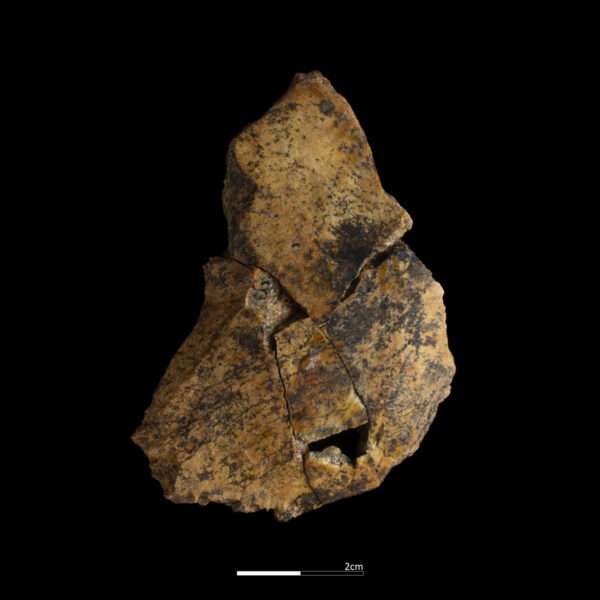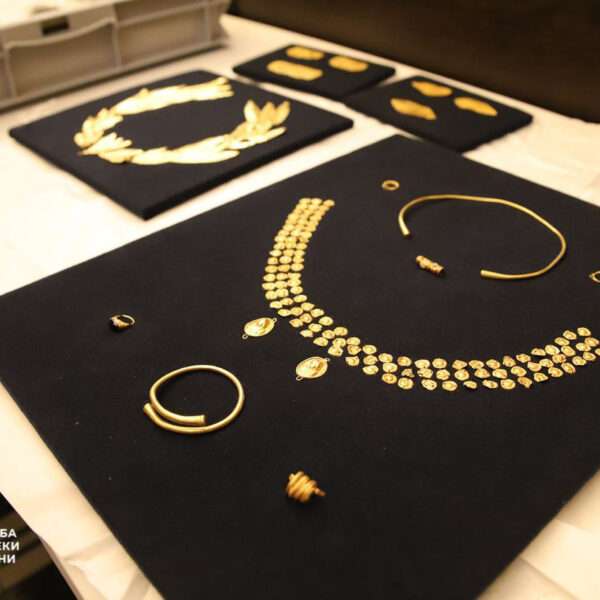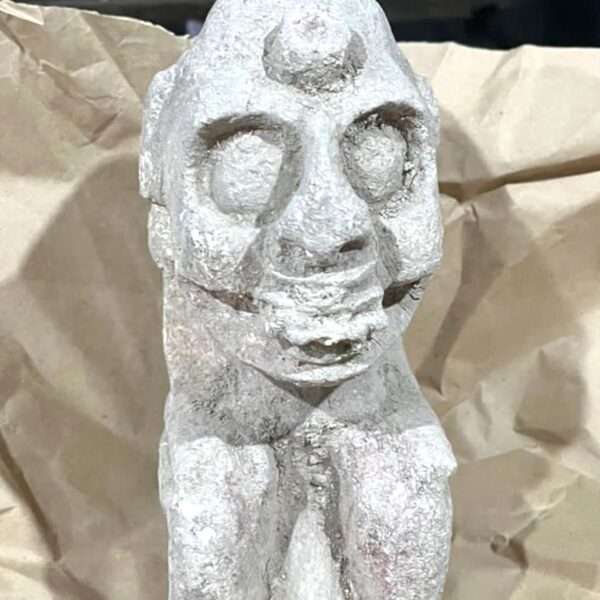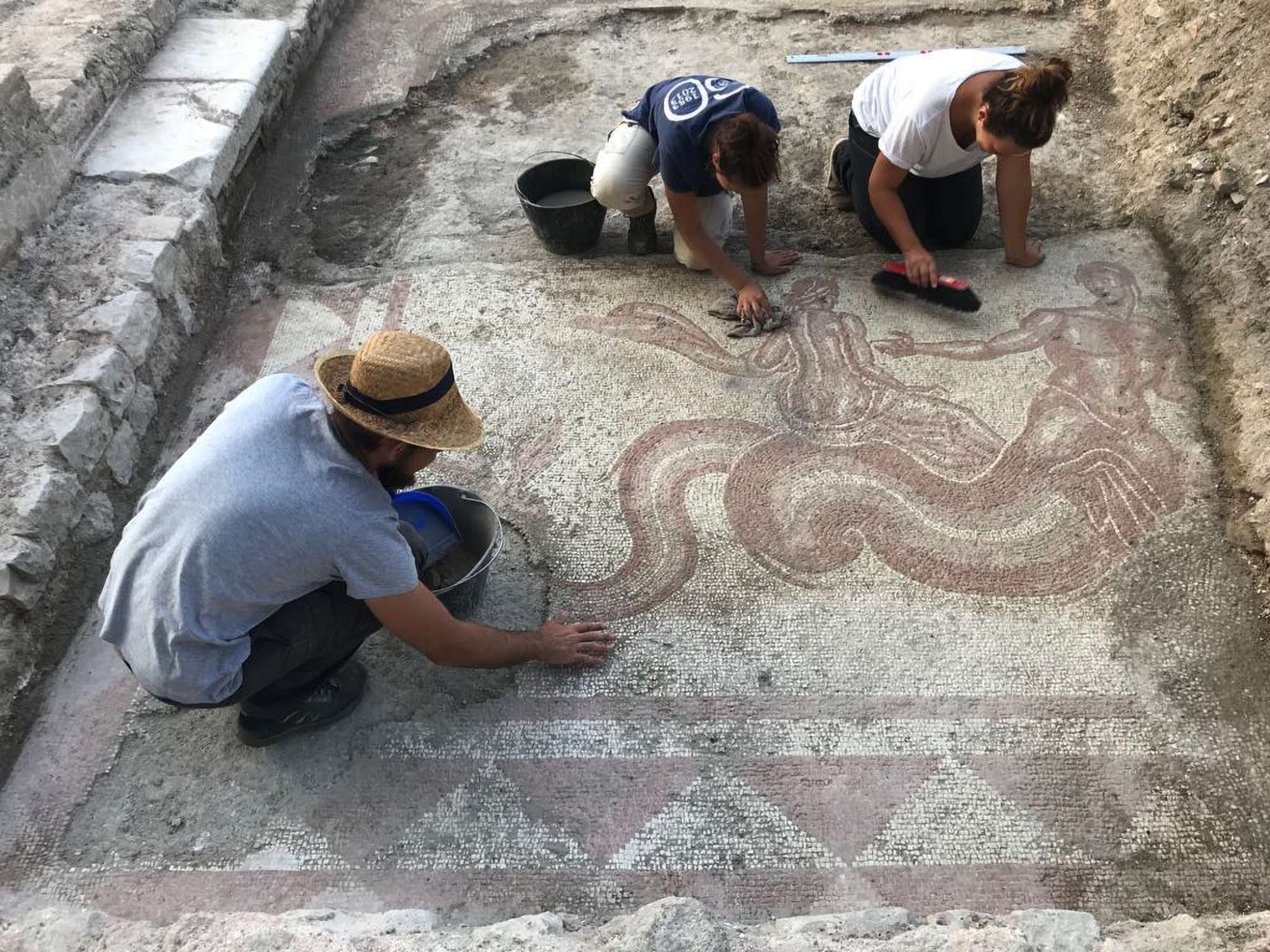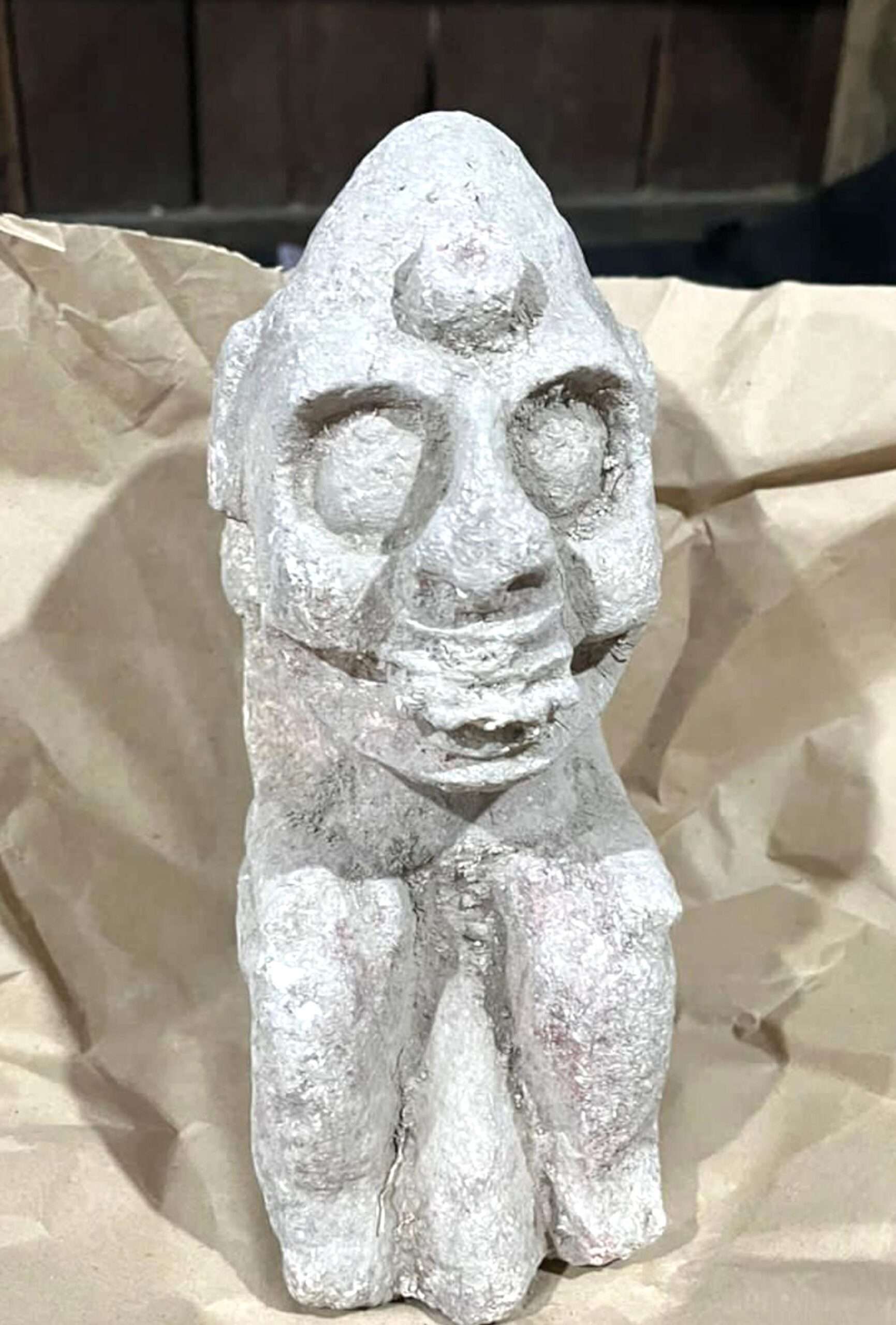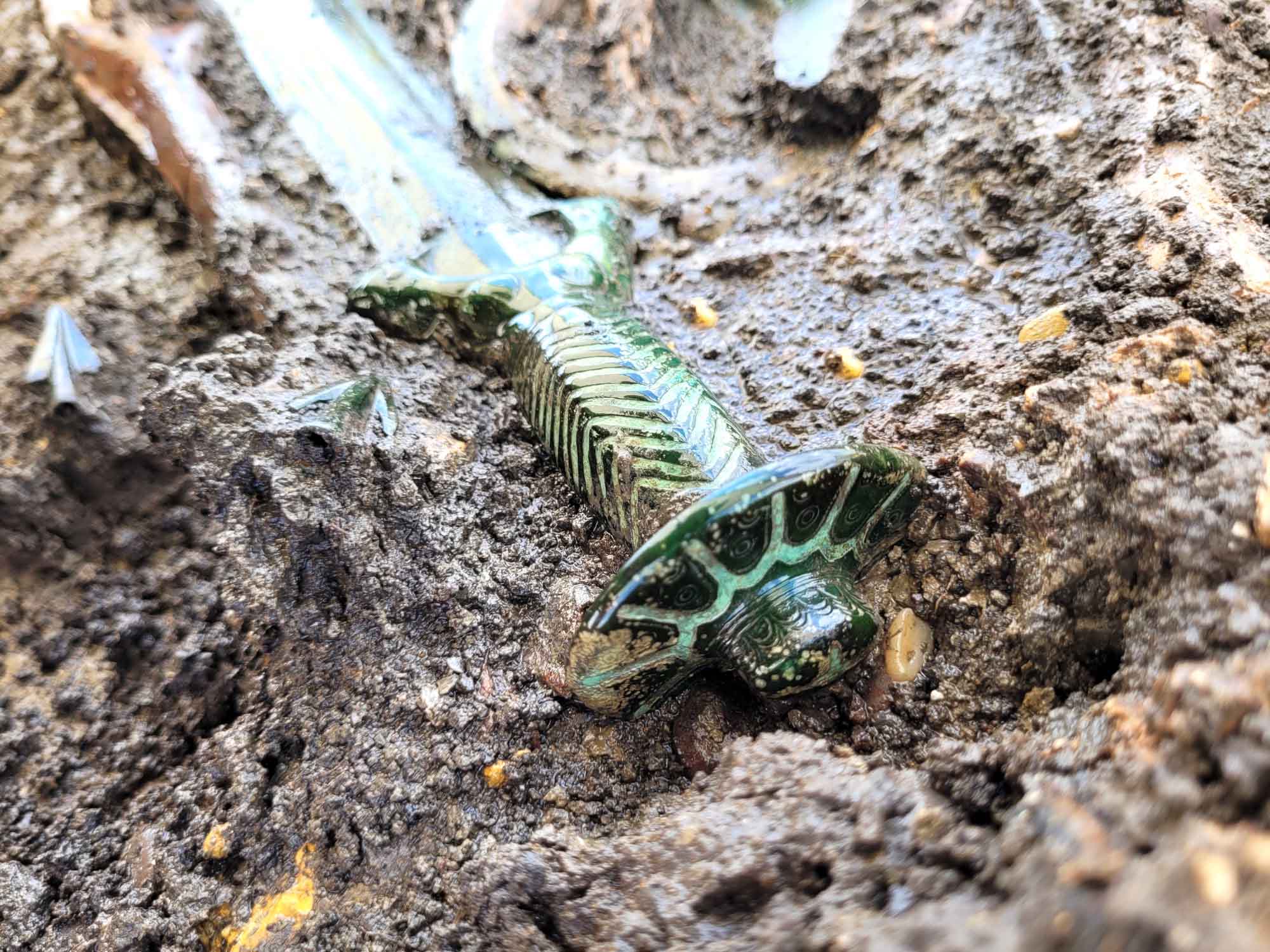These pictures show the skeleton of a religious leader in a tomb where he had been laid to rest some 3,000 years ago in what is now northern Peru.

Local media dubbed the discovery the “Priest of Pacopampa” in reference to the mountainous archaeological zone where the tomb was discovered.
They said that the priest was buried under layers of ash and black earth and inside the body had been buried with ornamental ceramic bowls, a carved bone spatula, and offerings.
Two seals were also found in the three-metre wide and one-metre deep tomb, with one of the seals showing an anthropomorphic face and the other with the face of a jaguar.
Archaeologists in the province of Chota in the region of Cajamarca, northern Peru have unearthed the 3,000-year-old tomb which they believe might have honoured an elite religious leader in the Andean country.
Peru’s Ministry of Culture said this indicated that the body had been painted, indicating it belonged to a person of standing.

Japanese archaeologist Yuji Seki from the Museum of Ethnology of Japan, who has been working at the site for 18 years, said: “The find is extremely important because he is one of the first priests to have controlled the temples in the northern Andes of the country.”
Last year in September the same group of archaeologists discovered the tomb of the “Priest of the Pututos” which was also more than 3,000 years old, and was found along with musical instruments made from seashells.
The pututos is the name given to shells that people from ancient Peru used to turn into musical instruments that sounded rather like trumpets.

